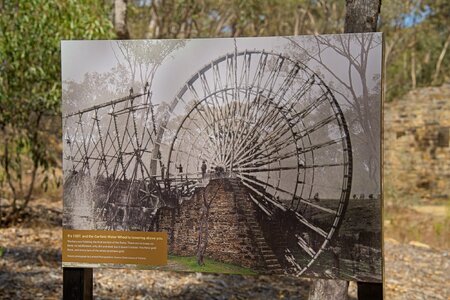Pro Member
- Followers
- 1
- Following
- 3
- Joined
- Nov 3, 2023
- Posts
- 269
- Likes Received
- 659
- Trophy Points
- 93
- Name
- Dave
- Thread starter
- #31
Last weekend I travelled to a farmstay the other side of Bendigo to attend a workshop by Richard Tatti on night landscape photography. One of many shots during the weekend.

- Viltrox 16mm F1.8 FE
- 16.0 mm
- ƒ/2.7999999523163
- 15 sec
- ISO 2000

